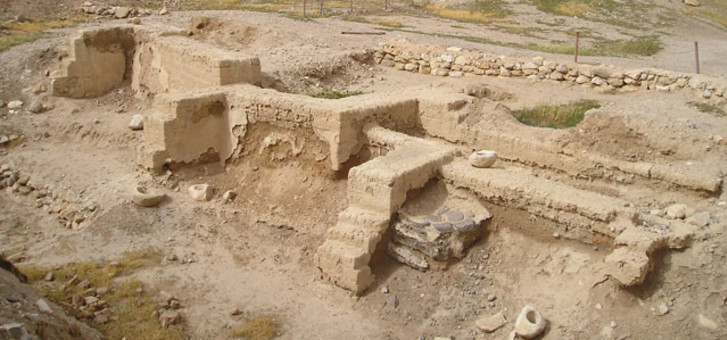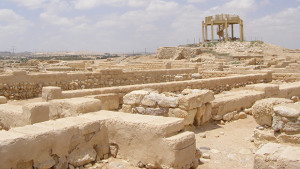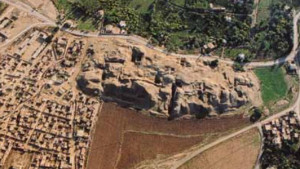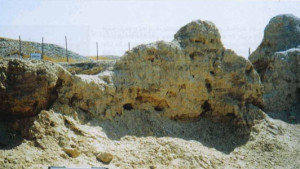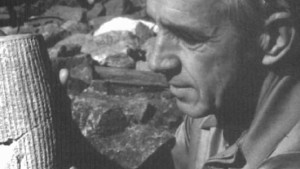SBS TV recently screened a series of four documentaries in which Dr Israel Finkelstein, Professor of Archaeology at Bar Ilan University in Tel Aviv, gravely informed his audience that there was no archaeological evidence for the conquest of Jericho by Joshua, or the occupation of Canaan by any invading nation. In fact, archaeological evidence contradicts such an idea.
Of course, what Finkelstein does not mention is that there is plenty of archaeological evidence of a new people coming into Canaan at the end of the Early Bronze Age, conquering and destroying Jericho by fire, and then occupying the whole country, but in Finkelstein’s thinking, that all happened 600 years before Joshua arrived.
Professor John Garstang found walls that had toppled over, and Dr Kathleen Kenyon, who did most of the excavations at Jericho, wrote, “The final end of the early Bronze Age civilization came with catastrophic
completeness. The last of the Early Bronze Age walls of Jericho was built in a great hurry, using old and broken bricks, and was probably not completed when it was destroyed by fire. Little or none of the town inside the walls has survived subsequent denudation, but it was probably completely destroyed, for all the finds show that there was an absolute break, and that a new people took the place of the earlier inhabitants. Every town in Palestine that has so far been investigated shows the same break. The newcomers were nomads, not interested in town life, and they so completely drove out or absorbed the old population, perhaps already weakened and decadent, that all traces of the Early Bronze Age civilization disappeared” (Archaeology in the Holy Land, p.134).
“An absolute break... a new people... every town in Palestine... newcomers were nomads... completely drove out or absorbed the old population...” Could we expect to find a more apt description of the Israelite invasion, nomads from the desert who
initially were not interested in living in the cities? The Israelites had all been born in tents and were not disposed to occupy houses.
Of course Finkelstein’s views have not gone down too well with a large number of Jewish people because it deprives them of their traditional heritage of being descended from Abraham, Isaac and Jacob. Finkelstein concludes that the Jewish people did not leave Egypt in a dramatic exodus, but were simply a group of Canaanites who isolated themselves from the main population and developed into the nation of Israel and finally took over the whole country.
Finkelstein wrote a book called The Archaeology of the Israelite Settlement, in which he said, “We accept that there must be a kernel of historical veracity in the deeply-rooted tradition concerning the origin of Israel in Egypt... At the same time, we cannot brush aside the possibility that certain groups who settled in the hill country in Iron I originated directly from the Canaanite society of the lowlands” (p. 348).
But Finkelstein’s theory leaves him with questions that he cannot answer. He wrote, “The Iron I period again witnessed a dramatic swing in the population of the hill country, this time in the opposite direction ... Middle Bronze II, Late Bronze and Iron I periods ... leave two critical questions for which satisfactory answers must be found. Why and to where did over half of the MB II population, ie, virtually all the inhabitants of the hill country, ‘vanish’? From where did the people who settled the hundreds of sites in Iron I ‘materialize’?” (p.339-341).
The answer is that the chronology of Egypt and Israel needs to be reduced, and the Late Bronze Age should be recognized as the period in which the Assyrians and Babylonians took Israel and Judah into exile. The Iron I Age that followed would be the period in which they returned under Ezra and Nehemiah.

